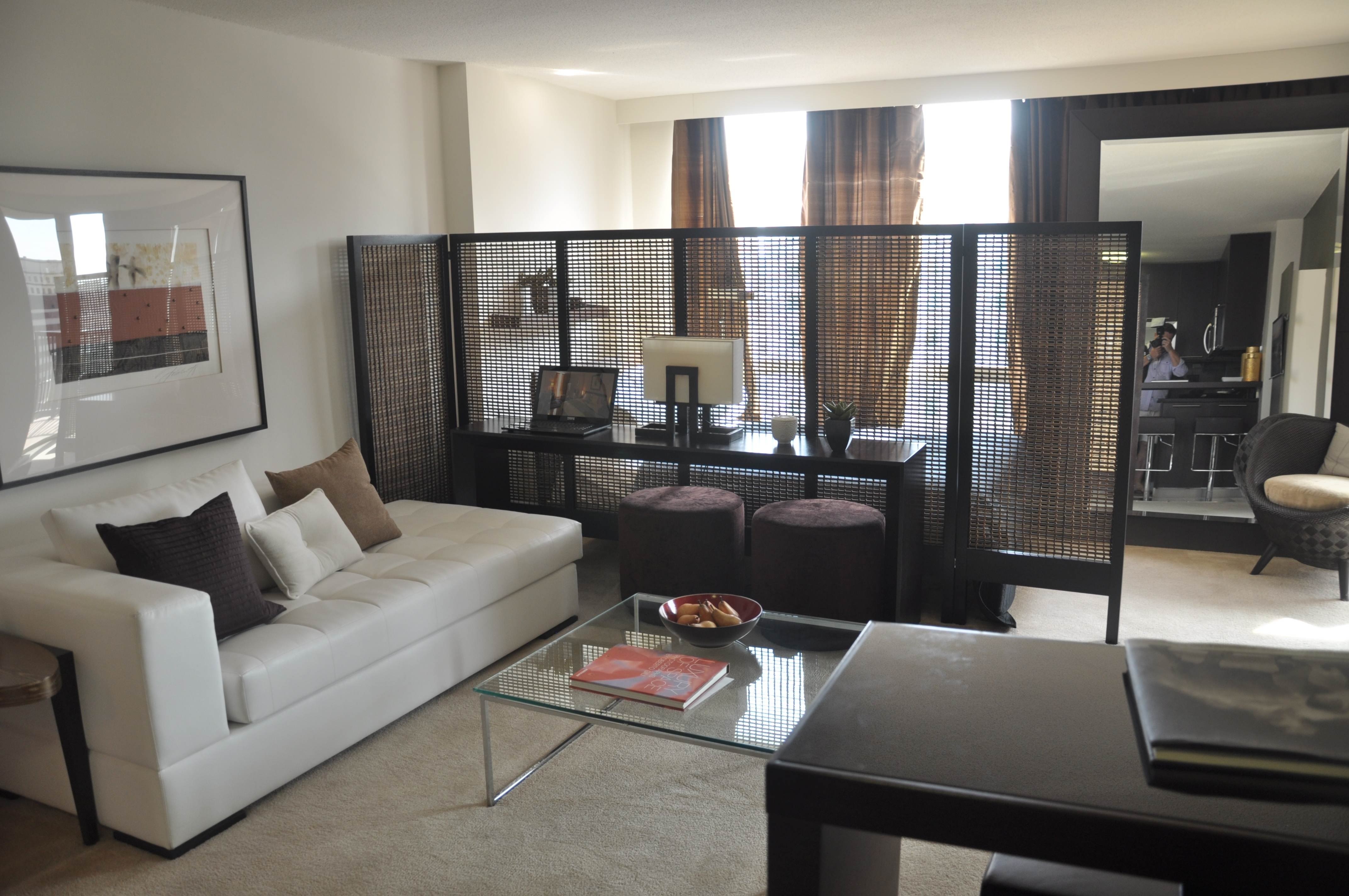Victorian House Designs
Victorian house designs were the very first popular home style of the 19th century and continued to reign until the turn of the 20th century. Victorian home designs are easily recognizable by pointed gables, ornate windows, and intricate panels, which gave the homes a look of grandeur. Victorian home design typically combines modern amenities with classic details, such as a tower on the front of the home or a classic wrap-around porch.
One of the most popular designs featured in a Victorian home is the bay window. Bay windows are often found in the front of the home and help to create space and allow natural light to enter the home. Another common design element found in Victorian homes are stained glass windows. Stained glass is a timeless feature and adds a piece of elegance to the Victorian design.
Colonial House Designs
Colonial house designs were the most popular form of residential architecture in the United States from the late 1600s through the early 1800s. These homes featured symmetrical façades with upright windows and centered entrances, and were often designed as two-story structures draped in clapboard siding. Colonial set the trend for the Colonial Revival style seen in homes all across the country today.
Colonial house designs often feature columns along the front entrance for added style. The most popular columns found in Colonial homes are typically narrow brick, Cape Cod style Doric columns, or white Colonial revival Tuscan style columns. Inside, these homes traditionally featured wood floors, paneled walls, and open fireplaces.
Cape Cod House Designs
The Cape Cod style house, originated in Massachusetts in the 17th century, is one of the most iconic architectural designs in the US. This style was originally inspired by sea-faring culture and is defined by steep roofs, multi-pane windows, and a symmetrical façade. Today, the Cape Cod style is seen in homes all over the country and is popular for its traditional cottage look.
The Cape Cod style of home often features a covered front porch and a fireplace on the interior. Inside, these homes are typically cozy and inviting, with wood floors, simple furniture, and traditional rugs. Many Cape Cod homes have a master bedroom suite with a bath and walk-in closet.
Tudor House Designs
Tudor style homes originated in England in the late 15th century as a simple, yet elegant design. These homes were typically constructed with brick and stucco – sometimes even with the addition of timber framing – and are marked by tall, steep gables, brickwork chimney stacks, and tall, narrow windows. This style is often referred to as the Tudor revival style of home architecture.
Tudor house designs typically have half-timbering on the front of the home, as well as textured walls, exposed beams, and sturdy paved walkways. Inside, these homes typically feature furniture built with the same materials as the exterior, such as wainscoting, intricate wood paneling, and fireplaces.
Craftsman House Designs
Craftsman house designs were popular in the early 20th century and were traditionally characterized by low-pitched rooflines, wide eaves, and handcrafted, unique detailing throughout. These types of homes are typically constructed with materials such as stone, wood, and stucco and feature a symmetrical façade and front porch.
Craftsman style homes often feature a fireplace in the center of the living room, deep porches, and exposed dark-stained wood accents throughout. Features like colorful tile accents and built-in shelving also often seen in Craftsman homes help to create a cozy ambiance that is inviting to guests.
Italianate House Designs
Italianate house design is inspired by 16th century architecture in Italy and is recognized by its wide columns, symmetrical façades, and wide, open window bays. The exterior of these homes typically feature elaborate details such as decorative brackets, stone accents, and cupolas.
Inside Italianate house design, intricate details often prevail. These homes typically feature wood floors, beamed ceilings, and ornate fireplaces. Ornamental plaster mouldings, intricate woodwork, and carefully crafted doorways also help to give these homes a unique, luxurious feel.
Spanish Revival House Designs
Spanish revival home designs originated in 1920s when a renewed interest in Mediterranean architecture became popular in the United States. These homes are typically characterized by low-pitched terracotta tiled roofs, arched entryways, courtyards, and red and white stucco walls along the exterior of the home.
The interior of a Spanish Revival house is often filled with bright colors and luxurious textures. These homes are typically adorned with wood floors, bright tiles, and ornate plaster ceiling details. Heavy fabrics such as velvet and tapestry drapery also often adorn the windows and walls of these homes.
Gingerbread House Designs
Gingerbread house designs originated in the Middle Ages and are characterized by intricate details such as carved columns, arched doorways, and ornate wood or stone accents. These types of homes are typically constructed with materials such as stone, brick, and wood and feature a wrap-around porch and colorful trim.
The interior of a Gingerbread house features ornamental detail reminiscent of the exterior. These homes typically feature detailed woodwork, intricate tile floors, and bright fabrics. Gingerbread homes also often feature open fireplaces and wrought iron accents.
Prairie House Designs
Prairie house designs were popularized in the early 1900s by the famed architect Frank Lloyd Wright. These types of homes feature low-slung roofs, wide, overhanging eaves, and banded windows that wrap around the home. The exterior of these homes tends to be constructed with materials such as brick, stucco, and stone.
The interior of a Prairie house design often features custom-crafted details inspired by Wright’s iconic style. These features often include custom cabinetry, built-in shelving, and decorative tile accents. These homes also feature floor-to-ceiling windows that let in plenty of natural light.
Neoclassical House Designs
Neoclassical house designs are based on the classic revival and Neoclassical styles of the late 17th century. These homes are typically characterized by a symmetrical façade, columned porches, and grand windows. Neoclassical house design is often characterized by stone accents on the exterior, as well as a fireplace in the center of the home.
Inside Neoclassical homes, details such as intricate mouldings, paneled walls, and rich wood floors are common. These homes often feature high ceilings, large windows, and traditional furniture. The décor of these homes usually features classic painting and antiques that add an elegant touch.
Adobe House Designs
Adobe house designs originated in the Southwest region of the United States and were traditionally built with adobe clay, a thick mixture of soil and water. They are characterized by thick walls with small windows, sloping rooflines, and stucco walls along the exterior.
The interior of an adobe house typically features a warm and inviting atmosphere. These homes often feature wood floors, muted colors, and furniture upholstered in textiles such as denim and leather. Arched doorways and other traditional details also add to the rustic charm of these homes.
A Look into American Old House Design
 The unique style of
American Old House
Design has long set America in a class of its own. From Victorian and Colonial homes, to postmodern and beach-style designs, the US is often seen as doing classic and contemporary home architecture better than almost any other country.
First introduced in the early 19th century, the idea of an American
Old House
had big influence from European architectural movements, but featured a style all its own. Beauty and elegance were the rule of the day, and homes were designed with specific cues to their own originality. In lieu of an absolute focus on iron and stone - building materials of the period - these buildings often showcased wooden features, like decorative moldings and eaves.
The American
Old House
style continued into the 20th century, such as Craftsman Bungalows and Neo-eclectic designs. Fusing some of the best aspects of traditional styles and materials, while still maintaining elegance and practicality, these homes are some of the most majestic in the country. Many have been preserved through various Historic Societies and Landmark Programs, to ensure the longevity of these works of art.
The American
Old House
continues to be a popular style today, especially in some areas of the United States. Historic homes have been lovingly restored and updated over the years, with many people being amazed at how modern these homes now look. Classic touches and modern conveniences come together to make for a beautiful living experience, and some areas of the country are thriving with this trend.
Meanwhile, new American
Old House
styles have sprung up throughout the population, such as Greek Revival and Queen Anne. Largely designed and laid out with a nod to the classic styles of the past, these homes provide an interesting look into the increasingly varied history of American home design. Everything from elaborate exteriors to detailed interiors, these American Old Houses are a testament to the creativity and inspiration of our nation's architects.
No matter where one is in America, it's likely there are a few of these classic designs within a decent radius. Whether they are going through a modernization process, retained in original condition, or newly constructed, American Old House Design is alive and thriving in many parts of the country.
The unique style of
American Old House
Design has long set America in a class of its own. From Victorian and Colonial homes, to postmodern and beach-style designs, the US is often seen as doing classic and contemporary home architecture better than almost any other country.
First introduced in the early 19th century, the idea of an American
Old House
had big influence from European architectural movements, but featured a style all its own. Beauty and elegance were the rule of the day, and homes were designed with specific cues to their own originality. In lieu of an absolute focus on iron and stone - building materials of the period - these buildings often showcased wooden features, like decorative moldings and eaves.
The American
Old House
style continued into the 20th century, such as Craftsman Bungalows and Neo-eclectic designs. Fusing some of the best aspects of traditional styles and materials, while still maintaining elegance and practicality, these homes are some of the most majestic in the country. Many have been preserved through various Historic Societies and Landmark Programs, to ensure the longevity of these works of art.
The American
Old House
continues to be a popular style today, especially in some areas of the United States. Historic homes have been lovingly restored and updated over the years, with many people being amazed at how modern these homes now look. Classic touches and modern conveniences come together to make for a beautiful living experience, and some areas of the country are thriving with this trend.
Meanwhile, new American
Old House
styles have sprung up throughout the population, such as Greek Revival and Queen Anne. Largely designed and laid out with a nod to the classic styles of the past, these homes provide an interesting look into the increasingly varied history of American home design. Everything from elaborate exteriors to detailed interiors, these American Old Houses are a testament to the creativity and inspiration of our nation's architects.
No matter where one is in America, it's likely there are a few of these classic designs within a decent radius. Whether they are going through a modernization process, retained in original condition, or newly constructed, American Old House Design is alive and thriving in many parts of the country.
A Look into American Old House Design
 The unique style of
American Old House
Design has long set America in a class of its own. From Victorian and Colonial homes, to postmodern and beach-style designs, the US is often seen as doing classic and contemporary home architecture better than almost any other country.
First introduced in the early 19th century, the idea of an American
Old House
had big influence from European architectural movements, but featured a style all its own. Beauty and elegance were the rule of the day, and homes were designed with specific cues to their own originality. In lieu of an absolute focus on iron and stone - building materials of the period - these buildings often showcased wooden features, like decorative moldings and eaves.
The American
Old House
style continued into the 20th century, such as Craftsman Bungalows and Neo-eclectic designs. Fusing some of the best aspects of traditional styles and materials, while still maintaining elegance and practicality, these homes are some of the most majestic in the country. Many have been preserved through various Historic Societies and Landmark Programs, to ensure the longevity of these works of art.
The American
Old House
continues to be a popular style today, especially in some areas of the United States. Historic homes have been lovingly restored and updated over the years, with many people being amazed at how modern these homes now look. Classic touches and modern conveniences come together to make for a beautiful living experience, and some areas of the country are thriving with this trend.
Meanwhile, new American
Old House
styles have sprung up throughout the population, such as Greek Revival and Queen Anne. Largely designed and laid out with a nod to the classic styles of the past, these homes provide an interesting look into the increasingly varied history of American home design. Everything from elaborate exteriors to detailed interiors, these American Old Houses are a testament to the creativity and inspiration of our nation's architects.
The process of
restoring or remodeling
an American Old House is not an easy one, and has to be done with expertise and knowledge. Certain aspects of the building - from the cape to the window frames - have to be measured and addressed in
The unique style of
American Old House
Design has long set America in a class of its own. From Victorian and Colonial homes, to postmodern and beach-style designs, the US is often seen as doing classic and contemporary home architecture better than almost any other country.
First introduced in the early 19th century, the idea of an American
Old House
had big influence from European architectural movements, but featured a style all its own. Beauty and elegance were the rule of the day, and homes were designed with specific cues to their own originality. In lieu of an absolute focus on iron and stone - building materials of the period - these buildings often showcased wooden features, like decorative moldings and eaves.
The American
Old House
style continued into the 20th century, such as Craftsman Bungalows and Neo-eclectic designs. Fusing some of the best aspects of traditional styles and materials, while still maintaining elegance and practicality, these homes are some of the most majestic in the country. Many have been preserved through various Historic Societies and Landmark Programs, to ensure the longevity of these works of art.
The American
Old House
continues to be a popular style today, especially in some areas of the United States. Historic homes have been lovingly restored and updated over the years, with many people being amazed at how modern these homes now look. Classic touches and modern conveniences come together to make for a beautiful living experience, and some areas of the country are thriving with this trend.
Meanwhile, new American
Old House
styles have sprung up throughout the population, such as Greek Revival and Queen Anne. Largely designed and laid out with a nod to the classic styles of the past, these homes provide an interesting look into the increasingly varied history of American home design. Everything from elaborate exteriors to detailed interiors, these American Old Houses are a testament to the creativity and inspiration of our nation's architects.
The process of
restoring or remodeling
an American Old House is not an easy one, and has to be done with expertise and knowledge. Certain aspects of the building - from the cape to the window frames - have to be measured and addressed in



































































































/interiors-of-the-kitchen-126173645-5835288f5f9b58d5b1b96af2.jpg)



